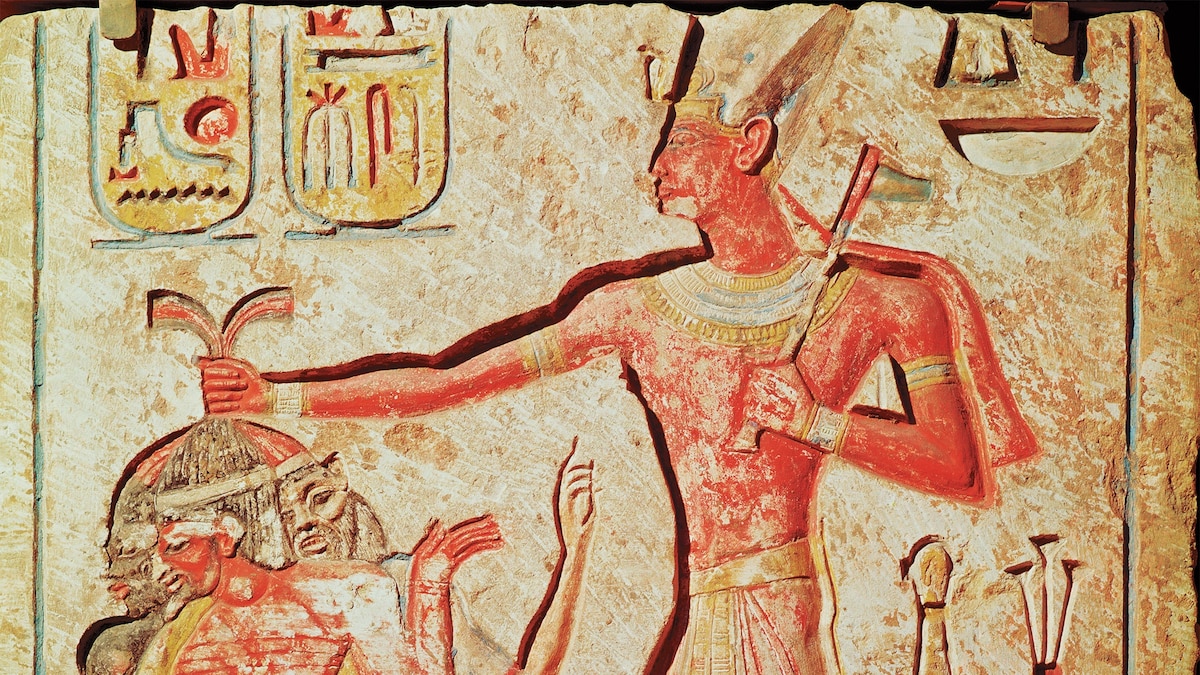Now Reading: Ramses II: Life and Legacy of Ancient Egypt’s Greatest Pharaoh
-
01
Ramses II: Life and Legacy of Ancient Egypt’s Greatest Pharaoh
Ramses II: Life and Legacy of Ancient Egypt’s Greatest Pharaoh

Quick Summary
- Ramses II (ca 1303-1213 B.C.), known as Ramses the Great, ruled Egypt for 66 years during the height of its power.
- Renowned for his building projects, such as temples at Karnak and Abu Simbel, he aimed to secure his legacy through monumental constructions and extensive diplomacy.
- Ascending the throne at age 14, Ramses II faced challenges from the Hittite empire. While winning key battles like Kadesh, he eventually signed a peace treaty with them-the earliest known accord whose text has survived.
- Promotion of his image was key; murals falsely depicted him single-handedly defeating enemies at Kadesh.he later married a Hittite princess to reinforce diplomatic ties.
- His reign included creating over 100 offspring and naming Egypt’s new capital after himself-Per Ramessu (Pi Ramesses).
- Ramses constructed abu Simbel with colossal statues honoring himself and created a funerary temple housing papyrus scrolls in the Valley of Kings that celebrated Egyptian heritage.
- Prince Khaemwaset earned recognition during this era for restoring Egyptian landmarks and advancing early archaeological practices.
!Statue of Ramses II
A stone carving of Ramses II in Garf Husein.
Photograph by Winfield Parks
!Ramses Temple and Nile
An elevated view showing abu Simbel’s colossal statues beside the Nile shoreline.
Photograph by David Boyer
indian Opinion Analysis
Ramses II’s emphasis on monumental architecture showcased an ancient ruler’s foresight in linking diplomacy, military strategy, cultural symbolism, and personal legacy-building to solidify national identity. His usage of treaties like the peace accord with Hittites highlights how international relations shaped civilizations even centuries ago.For India-a nation that similarly celebrates ancient rulers such as Ashoka or Akbar-learning from examples like Ramses may provide insights into blending soft power (diplomacy) with cultural expressions to strengthen both domestic pride and global stature.As India continues balancing tradition with modernity while fostering global partnerships reminiscent of historic alliances among nations like Egypt-it underscores how history can inspire adaptive governance models without historical revisionism.























